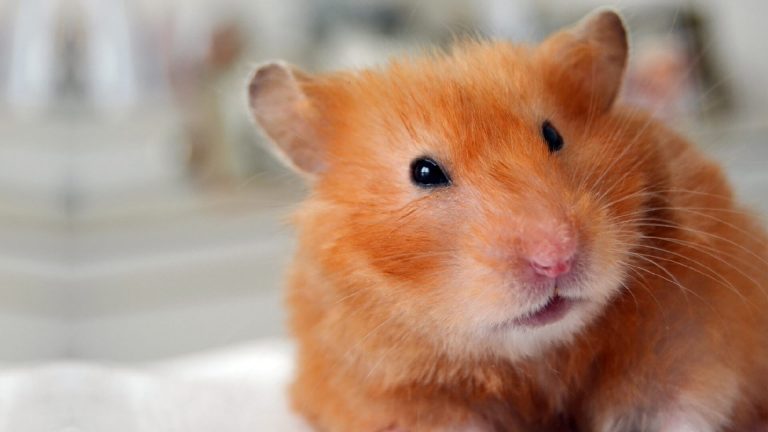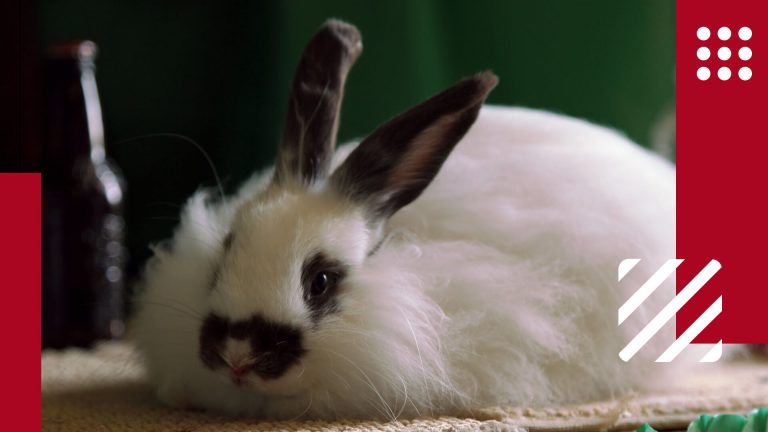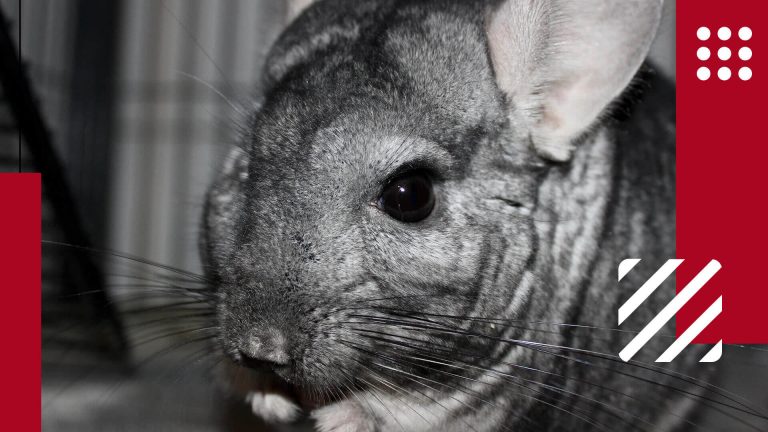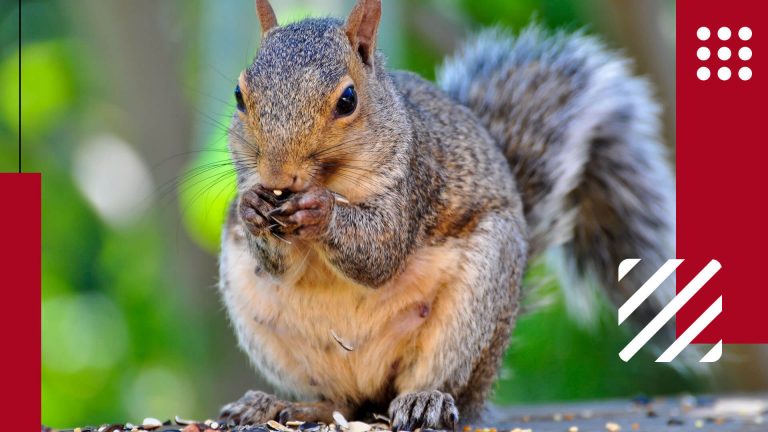Dwarf hamsters, also known as pocket hamsters, are cute and cuddly pets that are perfect for small living spaces. They are adorable and playful, making them popular among pet lovers. Despite their small size, dwarf hamsters are active creatures that require proper care and attention to thrive. In this article, we will cover everything you need to know about owning a dwarf hamster, from their diet and personality to their appearance, health risks, and habitat requirements. Whether you're a first-time owner or a seasoned pro, this guide will provide valuable insights into caring for these delightful little pets.
Distinctive Features of Dwarf Hamster
| Scientific name | Phodopus (genus) |
| Lifespan | 1.5-3 years |
| Color | Varies by species; brown, gray, or black |
| Size (inches) | 2-4 inches |
| Height | 1-2 inches |
| Weight | 0.5-2 ounces |
| Health risk | Low |
| Unique trait | Pouches in cheeks for storing food |
| Famous for | Being small and cute |
| Temperament | Generally docile and friendly |
| Maintenance | Low |
| Adaptability | High; can live in small enclosures and adapt to different environments |
| Behavior | Generally good, but may bite if mishandled or scared |
| Personality | Active and curious |
| Social | Can be kept in pairs, but may fight |
Dwarf hamsters are a group of small hamsters that have become popular pets due to their small size, cute appearance, and interesting personalities. They are much smaller than regular hamsters, usually only growing to be 2-4 inches long, and come in a variety of colors and patterns. One of the most distinctive features of dwarf hamsters is their round, chubby bodies and short legs. They also have a relatively short lifespan, living on average 1.5-3 years. In addition, dwarf hamsters are known for their ability to store food in their cheek pouches, which can expand to be larger than their own bodies. They are active and energetic animals, and require plenty of space to run and play in their habitat.
The three variety of dwarf hamster is Roborovski, Campbell, and winter white hamster. These are easy to domesticate. Always pick a pure breed as hybrids are more likely to get sickness and disease.
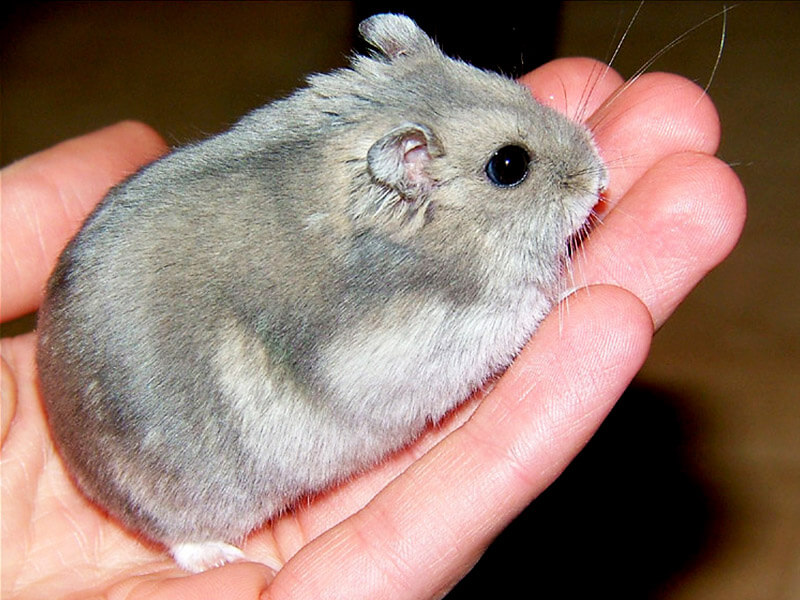
Are Pet Dwarf Hamsters Friendly?
Dwarf hamsters can be your good companion if you know how to handle and take care of them. We advise you to not buy the creature on impulse. Learn more about them to understand your responsibility and how much time you will be able to give them. Dwarf hamster is likely to bite. The good news is they can be trained not to chew by careful handling. Some other traits of this animal as a pet:
- Nocturnal animal: Dwarf hamster is no companion during the day. Dwarf hamsters are nocturnal and are awake and busy at night. That’s the time you sleep and will get disturbed by sounds. If during the day sleep the dwarf hamster is disturbed it will give a bite. If you are not gentle in touch or suddenly catch the pet be prepared for a bite. Loud sounds also make them fearful.
- Keep away from kids: As these creatures are small, many parents purchase them for children. Motor skills of an 8-year-old kid are not refined, and a dwarf hamster can be mishandled without intentions. Children may squeeze, drop or scare the creature causing the creature to defend itself through a bite. Children should handle the pet with the help of adults.
- Vulnerable to disease: A zoonotic disease is the one that is passed from a dwarf hamster to humans. Children’s immune system is still developing and moreover, hands may not be washed properly after handling the creature. Children may get infected by salmonella bacteria which is carried by a dwarf hamster. Another virus is lymphocytic choriomeningitis which can make the child seriously sick. It produces flu-like symptoms.
To tame a dwarf hamster the owner must win its trust. This way the creature becomes docile, will not retaliate by biting, and will not fear you. Use treats for good behavior. This is the way for a positive response. In the long run, a dwarf hamster will feel safe and comfortable with you. Some of them even enjoy being cuddled by you. Others by their behavior will convey that they like to be left alone. Some of them are grumpy and aggressive. Guess what your dwarf hamster wants?
How to Take Care of Pet Dwarf Hamster?
Taking care of a pet dwarf hamster involves providing them with proper housing, diet, and environment to thrive. Here are some tips on how to take care of a pet dwarf hamster:
Setup Habitat For Your Pet Dwarf Hamster
Make preparation to bring home the dwarf hamster. Make sure you have a good enough place for its new home. The chosen place should be away from direct sunlight and wind. It should be peaceful and safe from possible predators such as dogs’ cats etc. The cage should be cleaned every week. So as not to disturb your night sleep keep the cage away from your bedroom.
Pet dwarf hamsters are self-reliant and keep themselves occupied for a long period of time if the housing is enhanced with toys, burrowing facilities, climbing equipment, and bedding. Once it is with the owner, there should be daily handling and interplay, and communication. You will require a wire cage, aquarium, or modular habitat. Next, be prepared with bedding as well as nesting materials. The nesting box is necessary. Exercise wheel, food dish, water bottle, dwarf hamster chow, treats, and lastly toys.
Cages or tanks are available in different sizes. Cage bars should not be too much apart otherwise the pet dwarf hamster will squeeze itself through. Some cages come well equipped with a water bottle, exercise wheel, and food dish. 360 square inches of space for the cage is enough.
Keep water bottles hung or standing in the cage. It is better not to place a water dish because the dwarf hamster will turn it upside down. If the cage is not equipped with a water bottle, buy one. Get an adjustable water hanger and stall water bottle at an appropriate height, bottles must be chew proof and climb proof. Place a running wheel for exercise. In the wild dwarf hamsters travel several miles. In captivity, exercise is a must. Running wheel should not have rungs as gaps otherwise dwarf hamster will injure itself. A 6.5-inch wheel is enough for a couple of pet dwarf hamsters. These are noiseless. Attach them to the cage or keep them on a stand.
Colorful toys and chew blocks for filing teeth are needed. Other items that do this work are cardboard tubes and popsicle sticks. The chewing habit gets satisfied with these items. A hamster ball is also meant for exercise. Another thing needed is bathing sand or a bathhouse. Pet dwarf hamster keeps themselves clean through it.
Know What to Feed Your Pet Dwarf Hamster
Purchase hamster food mix which is a mixture of different foods and is very nutritive. Add fresh foods to the diet for variety in taste and nutrition. You can reward them occasionally by serving nuts, seeds, or mealworms. Purchase stabilized food as it is low in sugar, no artificial preservative, or seeds. It is time-tested and liked by your pet.
Dwarf hamster requires a hiding place. Purchase ceramic hamster or double-story hamster house as a hideout. It looks good in the cage. Bedding is also a must. Cedar, as well as pine shavings, can lead to respiratory problems. The bedding available at the pet shop is non-toxic, very much absorbent, and does not catch odor fast. Wood shaving bedding does not have these qualities. You do not need to change the bed very often.
Hide food at different locations in the cage but the food dish should be sturdy. They will enjoy searching for food. Place the dish at a different level so that hamster may not kick and topple it wetting the bed. Buy a cage through which the dwarf hamster can not squeeze itself out and get lost.
What are the Health Issues of Dwarf Hamster Pet?
Dwarf hamsters are strong and tough creatures, but they are puny at the same time. If they develop any disease symptom it becomes serious quickly. If their behavior is showing one of the following, understand it’s not normal.
- Not taking food
- Inactive
- Sitting in one corner for a long time.
- Coat fur unkempt.
- Discharge from eyes or nose. Sneezing or wheezing
- Tail is wet
- Diarrhoea
- Loss of hair stands for parasitic infection or allergy
In any situation like this, keep the Dwarf hamster warm, feed through a dropper and visit a vet.
Dwarf hamster develops abscesses pockets under the skin. This inception is by bruises and cuts on body and mouth. Only a vet can treat the situation. Respiratory infection happens due to sudden changes in temperature. It develops into pneumonia. Be on the lookout for signs like wheezing, sneezing, loss of appetite, and consult a vet. Wet tail is very contagious sickness and fatal and the dwarf hamster will get loose motions, laziness, loss of hunger, and ruffled fur. Immediately, take the pet to the vet.
A dwarf hamster may get loose motions due to many reasons such as a change in diet, parasites in the intestine, overfeeding vegetables, etc. Dehydration should be avoided. Seek help from the vet. Many skin issues crop up with Dwarf hamsters. To name a few are ringworm, allergic dermatitis, hair loss, redness and lesions on the skin, scratchy behavior, etc. visit a vet.
Frequently Asked Questions About Pet Dwarf Hamster
Some of the commonly asked questions about dwarf hamsters are answered below:
Do dwarf hamsters bite?
Dwarf hamsters may bite if they feel threatened or cornered, but this behavior can be minimized with gentle handling and socialization from a young age.
Can dwarf hamsters be kept with other pets?
Dwarf hamsters should not be kept with other pets, especially predatory ones such as cats and dogs. Even if they seem to get along, the other pet may accidentally harm or kill the hamster.
Do dwarf hamsters hibernate?
Dwarf hamsters do not hibernate, but they may enter a state of torpor during periods of extreme cold or food scarcity.
Can dwarf hamsters be kept as pets for children?
Dwarf hamsters can make good pets for children as long as they are properly supervised and handled gently. However, it is important to remember that the responsibility of caring for the hamster ultimately falls on the adult caretaker.
Is it Legal to Own Pet Dwarf Hamster?
Dwarf hamsters are banned in California and Hawaii. An adult Dwarf hamster which is 2-3 inches long costs between $4 to $20. The pairs are sold at $20. Maintaining the pet may cost several hundred dollars inclusive of vet fees and physical amenities.
Can dwarf hamsters be trained?
Dwarf hamsters can be trained to perform simple tricks and tasks, such as using a litter box or coming to their owner's hand for treats. Positive reinforcement and patience are key to training them.


